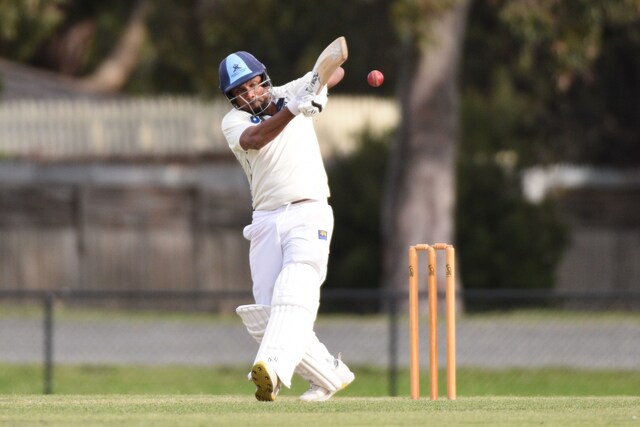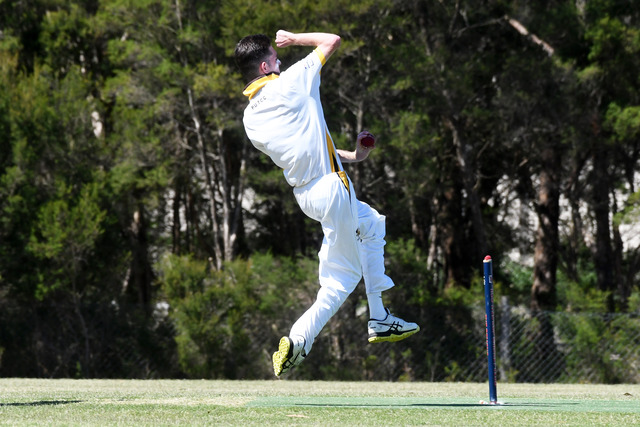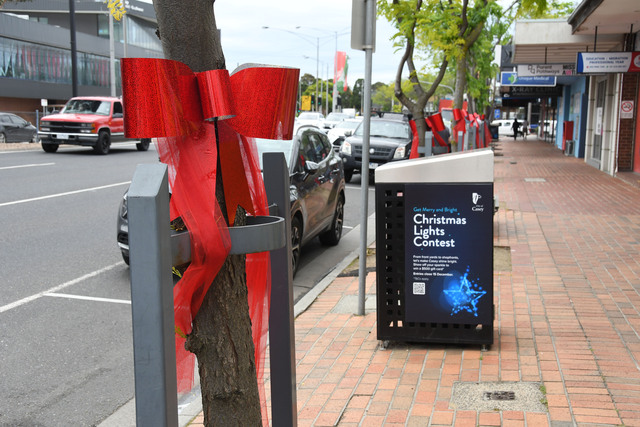By CAM LUCADOU-WELLS
AMBULANCES are being called out at least once a week to treat people using crystal methamphetamine, otherwise known as ‘ice’.
A Turning Point report released last week showed ice-related call-outs nearly doubled to 54 in Greater Dandenong and nearly tripled to 72 in Casey in 2012-’13.
In metropolitan Melbourne, annual call-outs had increased from 136 to 1112 in the three years up to 2012-’13.
Turning Point clinical director Dr Matthew Frei said these cases were for the “really crook” patients – those extremely agitated, violent and in some cases vulnerable to heart problems and stroke.
He said the community needed more education on the drug’s potentially serious side-effects.
“Many people use this drug with minor ill-effects and only for a brief time.
“A person may see their friends use it and haven’t seen the ill-health problems, but they may be themselves vulnerable to the serious mental health effects of the drug.”
He said smoking ice had opened up a “new market” – a more intense and less stigmatised experience than injecting the drug.
“It’s (wrongly) perceived as a soft drug because it’s smoked in a pipe.”
Dr Frei said the drug-induced violence was putting a “huge pressure” on police, ambulance officers and emergency department staff.
In some cases, patients needed high levels of sedation to calm them down.
The other challenge was the lack of a medical solution “of the size and effect of methadone” – which is used to treat heroin addicts.
However, there had been “good” outcomes using psychosocial treatments, such as counselling.
“There’s no way society is going to tolerate it anymore, particularly the very violent behaviour,” Dr Frei said.
“In my view, the law enforcement response – which is always going to have a role – needs to be augmented by education and treatment.”
Turning Point researcher Dr Belinda Lloyd said an “all-community” approach was required involving government, health agencies, police, community groups, residents and businesses.
“We must continue to work hard to get the message out about what drugs can do to the individual as well as those close to them.
“Whether it’s ice, alcohol or even prescription drugs, people need to be aware of the risks involved.”






